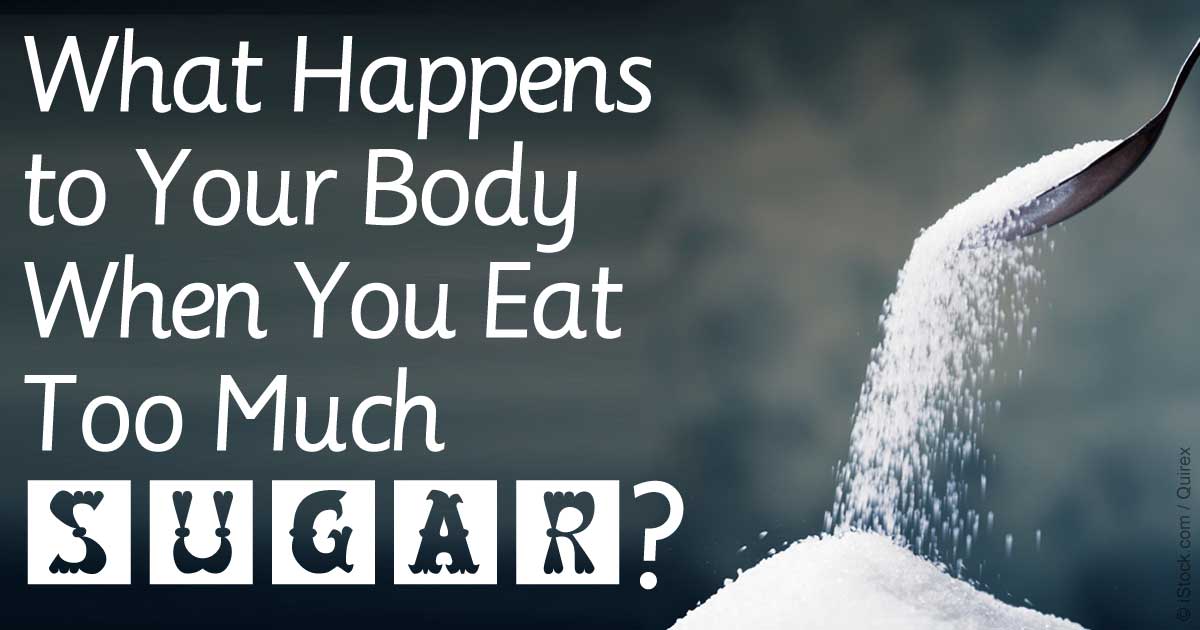Weight Bearing Exercise Promotes Bone Growth & Formation in Men
IGF-1, a hormone that is associated with bone growth, has been found to increase with weight bearing exercises while sclerostin has been found to decrease.
With osteoporosis affecting more than 200 million people worldwide, the search for preventative activities or treatment have always been at the forefront of researchers experiments in their continuous efforts for preventing the devastating bone loss that occurs in adults. A study that was recently conducted used a group of 25-60 year olds who had low bone mass, and split them into two groups. The first group performed resistance training exercises with weights, such as lunges and squats, while the second group performed plyometric exercise such as single and double leg jumps. The blood serum of both groups were tested after 12 months, and researchers found decreased levels of sclerostin along with increased levels of IGF-1 in both groups. One of the lead researchers, Dr. Hinton, noted however that cycling and swimming should also be utilized for their cardiovascular benefits, but that they do not promote bone growth and formation.












